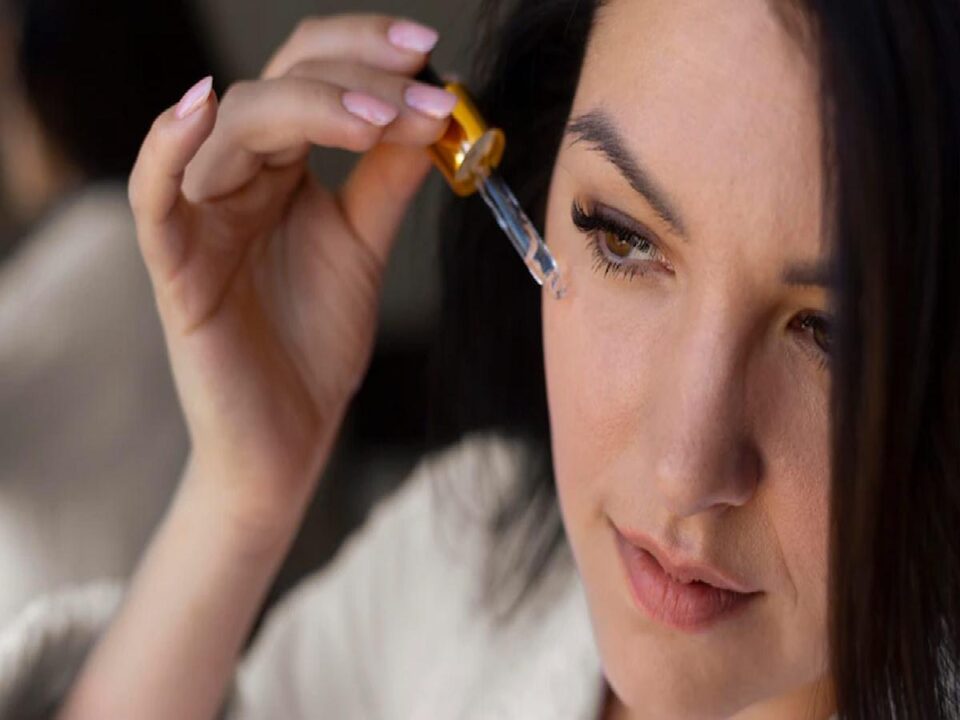You may have heard of the word retinol being thrown around when referring to skin health and improving the appearance of the skin. However, you may not be aware of exactly what it does or how it can be used. In this post, we will be covering what exactly retinol is and the benefits it can offer to your skin. Keep reading to learn more.
Where You Can Find Retinol
Retinol is also known as vitamin A. It is a vitamin that can be found not only in foods such as egg yolk, vegetables, and fish liver oil but also is frequently used in skincare products too. Retinol is a type of retinoid, which is commonly used in prescription products such as for treating acne. However, on the market, it is generally used for the anti-ageing benefits it also offers. You can implement retinol through your diet or by using products that contain it as an ingredient.
Treating Acne Symptoms
Due to retinol being a powerful type of retinoid it will help to improve the health of the proteins of the skin. It also helps to unblock pores and prevent inflammation which can be a common side effect of skin conditions such as acne. Although a lot of retinoids are prescription-based and need to be prescribed by a doctor or dermatologist, retinol can be found in many skin care products available on the market too. You might commonly see it used alongside other ingredients such as collagen and vitamin C.
Anti-ageing Benefits
Retinol is a popular ingredient both for treating signs of acne but is also now commonly used for combatting signs of ageing such as fine lines and wrinkles. It also helps to combat other attributes commonly associated with ageing skin, such as hyperpigmentation, dryness and sagging. By adding moisture back into the skin, it helps to create a plumping effect associated with more youthful skin.
Potential Side Effects
Although retinol can provide many benefits for the skin, it is still possible for it to cause side effects too. Things to look out for when using retinol include dryness, irritation, reddening, skin peeling, and itching. If you develop any of these side effects, you should stop using it and consider alternative products with different ingredients instead.
How Retinol Can Be Used
There are a couple of different ways in which retinol can be taken in order to benefit from it. The most common way is through external application to the skin, either through products such as creams available on the market or through prescription-based lotions supplied by your dermatologist or doctor. It’s also possible to consume an oral retinoid which also needs to be prescribed. If you’re using retinol for reasons such as fighting signs of ageing or treating mild acne, you can access this through products on the market. However, if you need higher-strength retinol for treating more severe acne, you will need to discuss the options available for prescription with your doctor or dermatologist.

